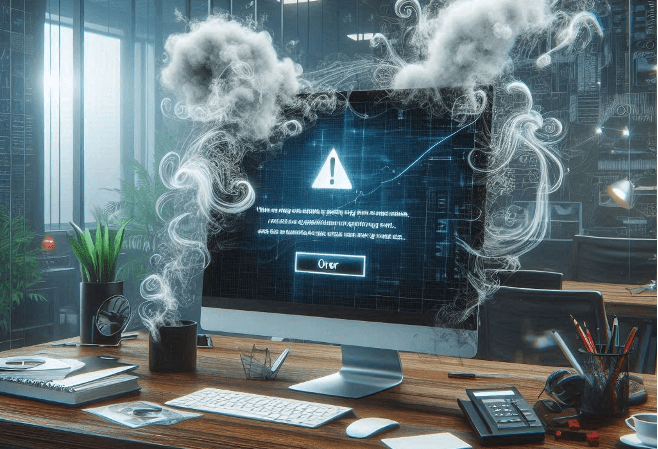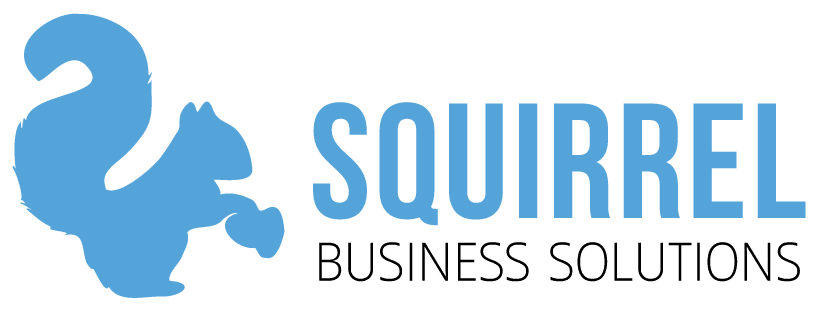
Custom software integrations play a vital role in streamlining processes and boosting productivity. However, as time progresses, these integrations may encounter issues or become incompatible with evolving technologies, causing frustration and disruptions for users. To address these challenges, it’s crucial to prioritise ongoing maintenance and updates for software systems.
During development, numerous decisions and assumptions are made regarding the intended use of the software. Factors such as software versions, compatibility with other systems, and the number of users or activity levels are considered, along with development budget and delivery timeframe.
Taking the time upfront to thoroughly scope the project and understand business requirements and edge cases can greatly assist developers. They incorporate these insights into the architecture design, accounting for known capabilities and limitations. However, it’s important to note that developers can’t predict the future. With the rapid pace of technological advancement, the lifespan of code diminishes. Expect that maintenance will be required every 18 months to two years, as opposed to the previous notion of code lasting five or ten years.
Additionally, continuous modification of applications over time increases development complexity. This results in extended development time, accumulation of technical debt from outdated code, and unnecessary complexity from feature additions.
To address these issues and ensure the efficiency of custom software integrations, businesses should:
- Conduct regular software health checks and maintenance plans.
- Proactively monitor technology expiry dates and mitigate risks associated with obsolete software.
- Assess current system functionality and identify areas for improvement.
- Plan for regular maintenance cycles and updates to address evolving needs.
- Collaborate with developers and stakeholders to establish clear roadmaps for system enhancements and migrations.
Software code has a finite lifespan influenced by various factors, including technological advancements, market demands, and developer support. Here are some considerations:
- Technological Obsolescence: Technologies evolve, necessitating updates to maintain compatibility.
- User Activities: Changes in user behaviour, such as altering or removing mandatory fields, can impact integration functionality.
- Customer Needs and Technological Evolution: The evolving landscape requires adaptation and alignment to meet changing demands.
Neglecting maintenance can lead to various consequences, including:
- Complications or delays hindering productivity.
- Incompatibility with evolving technologies, resulting in system failures.
- Security vulnerabilities and performance degradation, posing risks to data and operations.
- Increased operational costs due to downtime or emergency development.
To ensure the longevity and efficiency of custom software integrations, it’s crucial to implement a comprehensive maintenance plan:
- Identify technology expiry dates and plan for upgrades or replacements.
- Remain proactive in monitoring technology expiry dates and mitigate risks associated with obsolete software.
- Assess current system functionality and identify areas for improvement.
- Conduct yearly reviews of your software stack and custom code for compatibility.
- Plan regular maintenance cycles and updates to address evolving needs.
- Collaborate with developers and stakeholders to establish clear roadmaps for system enhancements and migrations.
By prioritising software maintenance and updates, businesses can optimise operations, enhance user experiences, and stay competitive in today’s dynamic digital landscape.
If you’d like a Health Check of your custom integration or software application built by Squirrel, please contact our Support Desk at support@squirrel.biz or call 1300 780 757 to arrange a review.
